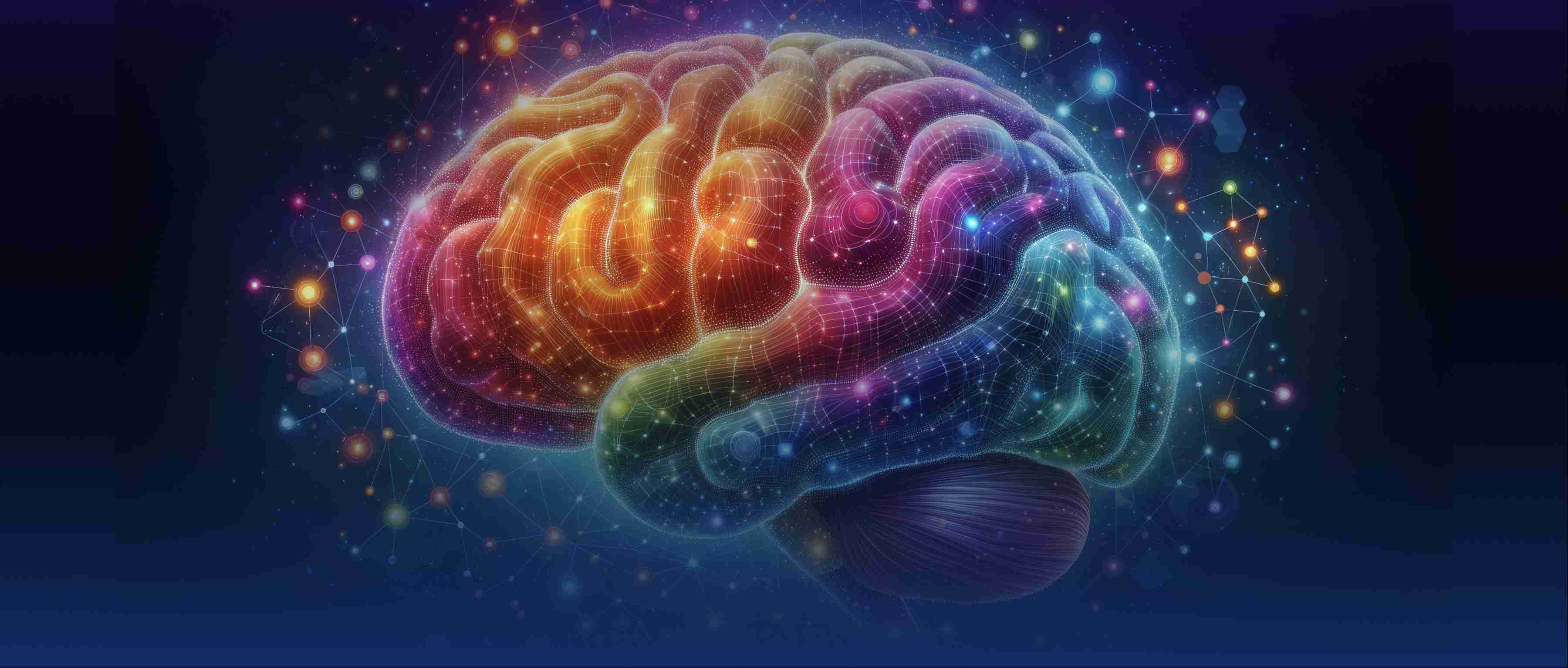The ReAct (Reasoning + Acting) framework is a method for building AI systems that handle complex tasks requiring multi-step retrieval and decision-making. It combines iterative reasoning—where the system breaks down a problem into smaller steps—with actions like querying external data sources or APIs. For example, when answering a question like, "What causes climate change, and how does it affect polar bears?" ReAct might first reason that it needs to retrieve information about greenhouse gases, then fetch data on Arctic ice melt, and finally link these to polar bear habitat loss. The framework alternates between generating a reasoning step (e.g., "I should look up the primary causes of climate change") and executing an action (e.g., querying a database for "top causes of global warming"). This approach allows the system to adapt dynamically, refining its strategy as it gathers information.
To determine if an agent-like RAG (Retrieval-Augmented Generation) system using ReAct is following correct reasoning steps, start by analyzing its intermediate outputs. A well-designed system should log each reasoning step and the corresponding retrieval action. For instance, if the task is to explain why a historical event occurred, the agent might first retrieve background context, then identify key figures, and finally pull data on economic factors. You’d check whether each step logically builds on the prior one and whether retrieved documents directly support the reasoning. Tools like attention heatmaps or saliency scores can highlight which parts of retrieved data influenced the system’s decisions. Additionally, benchmarking against predefined test cases with known correct reasoning paths—such as verifying that the system retrieves "industrial emissions" before discussing "Arctic temperature trends"—helps validate the process.
Another key metric is the relevance and diversity of retrieved information. If the system repeatedly fetches redundant or off-topic documents (e.g., retrieving polar bear diet details when asked about habitat threats), it signals flawed reasoning. Automated metrics like precision@k or recall@k can quantify retrieval quality, while human evaluation can assess the coherence of the reasoning chain. For example, in a medical diagnosis task, a valid ReAct flow might involve retrieving symptoms, then possible diseases, then treatment options. If the system skips symptoms and jumps to treatments, the reasoning is flawed. Tools like TREC-style evaluations or synthetic benchmarks with step-by-step annotations can automate this validation, ensuring the system’s actions align with logically sound reasoning.
